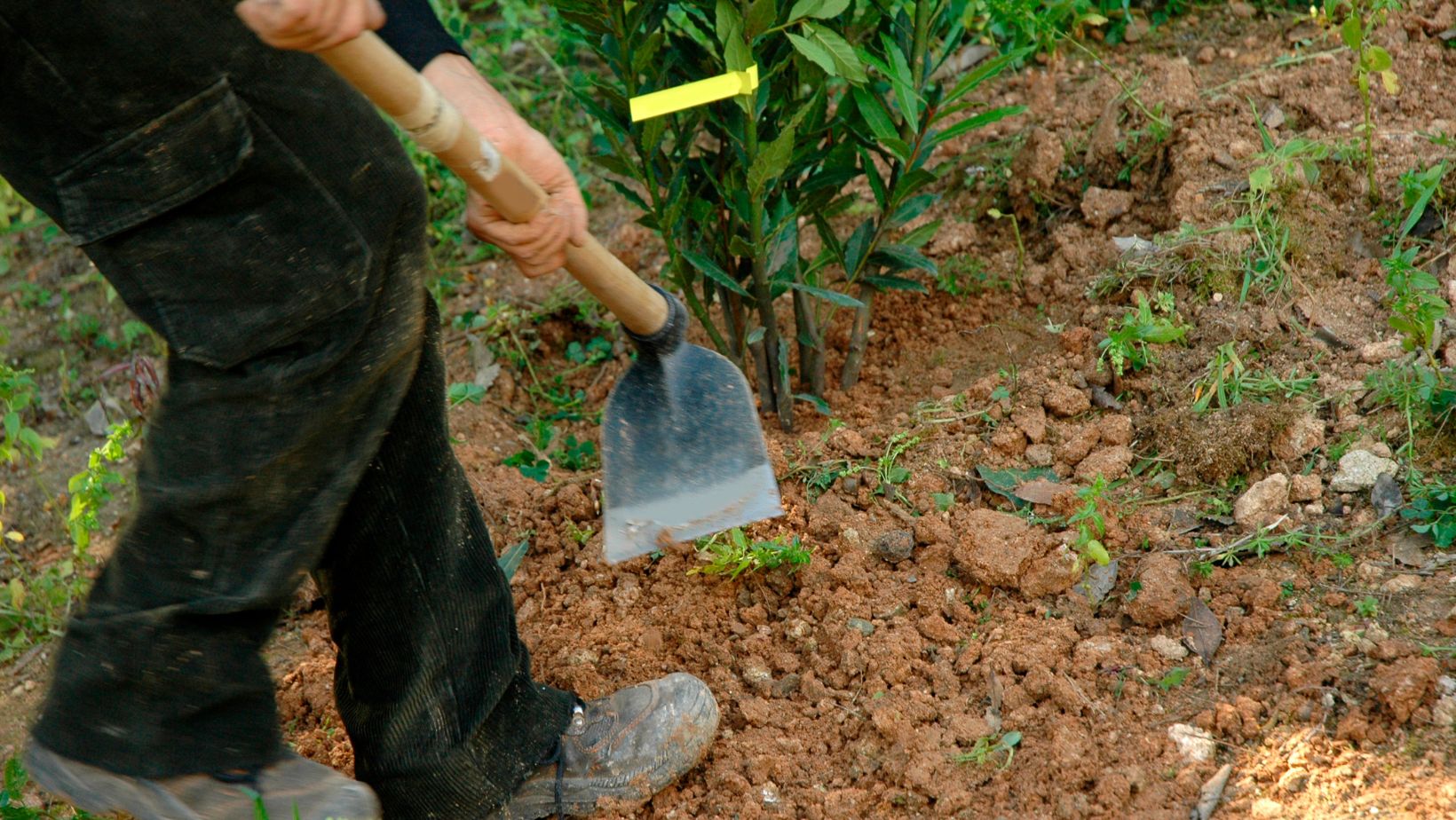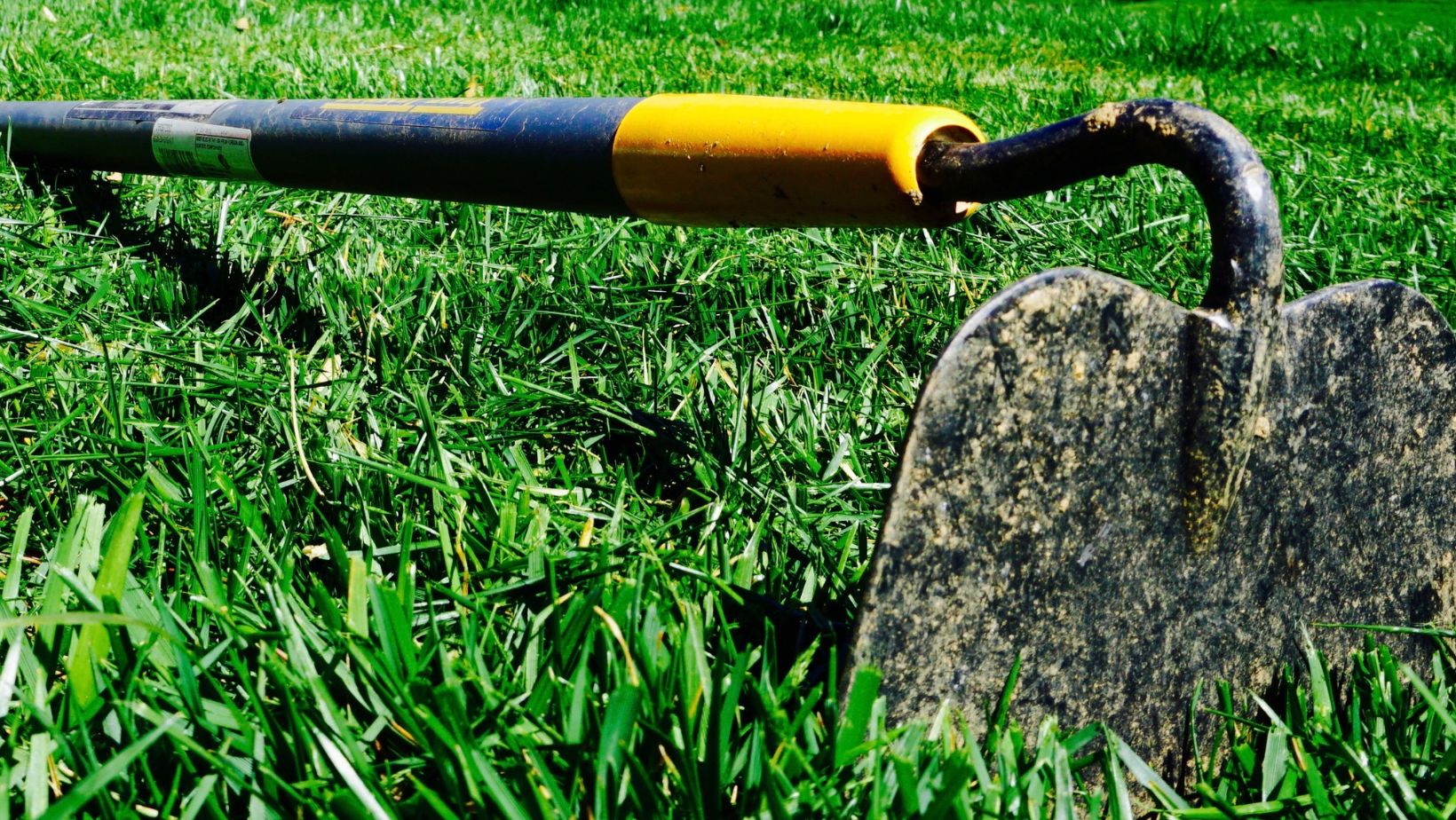As a passionate gardener I’ve learned that having the right tools makes all the difference in maintaining a thriving floral garden. Among these essential tools the gardening hoe stands out as one of the most versatile and indispensable implements. I’ll never forget how this simple yet effective tool transformed my gardening experience.
Over my years of working with various types of hoes I’ve discovered they’re not just for weeding. From breaking up soil and creating furrows to mixing in compost and harvesting root crops a quality hoe can handle numerous garden tasks. I’m excited to share my insights about choosing and using the perfect hoe for your gardening needs whether you’re a seasoned gardener or just starting your green journey.
Key Takeaways
- Gardening hoes come in various types (draw, Dutch, Warren, stirrup, paddle, and collinear), each designed for specific gardening tasks and soil conditions.
- The choice of hoe material is crucial – wooden handles offer better grip and shock absorption, while fiberglass handles provide superior weather resistance and durability.
- Proper technique involves maintaining a 30-degree blade angle, keeping hands 12 inches apart, and using controlled pulling motions rather than pushing for optimal efficiency.
- Regular maintenance, including cleaning after each use, proper storage, and blade sharpening every 4-6 weeks during growing season, significantly extends a hoe’s lifespan.
- Garden size and soil type should guide hoe selection – small gardens benefit from precision tools like collinear hoes, while larger areas require more robust options like Warren or stirrup hoes.
Gardening Hoes
A gardening hoe is a hand tool with a long handle and a flat blade designed for soil cultivation. I use garden hoes to break up soil, remove weeds, create furrows for planting, and maintain garden beds.
Types of Garden Hoes
- Draw hoes feature a blade positioned at a 90-degree angle, ideal for pulling soil toward me
- Dutch hoes have a push-forward design with a sharp, open-faced blade for weed removal
- Warren hoes include a pointed triangular blade perfect for making seed drills
- Stirrup hoes contain a double-edged blade that cuts weeds on forward and backward strokes
- Paddle hoes combine a wide blade with curved edges for enhanced soil movement
- Collinear hoes incorporate a thin, sharp blade for precision weeding in tight spaces
- Handle: 48-54 inch wooden, fiberglass, or metal shaft for leverage and reach
- Grip: Rubber or plastic coating at the top for enhanced control
- Neck: Metal connection point between handle and blade
- Blade: Flat metal piece in various shapes (rectangular, triangular, heart-shaped)
- Tang: Metal extension that secures the blade to the handle
- Ferrule: Metal collar that reinforces the handle-blade connection
| Component | Common Materials | Standard Length/Size |
|---|---|---|
| Handle | Wood, Fiberglass, Metal | 48-54 inches |
| Blade | Steel, Stainless Steel | 6-8 inches wide |
| Ferrule | Brass, Steel | 2-3 inches |
Best Materials for Garden Hoes
 The durability and performance of garden hoes depend significantly on their material composition. I’ve found that different materials offer distinct advantages for both handles and blades.
The durability and performance of garden hoes depend significantly on their material composition. I’ve found that different materials offer distinct advantages for both handles and blades.
Wood vs. Fiberglass Handles
Wood handles, particularly ash and hickory, provide excellent shock absorption and a natural grip texture. Fiberglass handles offer superior weather resistance and maintain consistent performance in varying humidity conditions. Here’s a comparison of key features:
| Feature | Wood Handles | Fiberglass Handles |
|---|---|---|
| Weight | 1.5-2 lbs | 0.8-1.2 lbs |
| Lifespan | 5-10 years | 15-20 years |
| Cost | $10-20 | $25-40 |
| Grip comfort | High | Medium |
| Weather resistance | Low | High |
| Feature | Steel Blades | Aluminum Blades |
|---|---|---|
| Weight | 0.8-1.2 lbs | 0.3-0.5 lbs |
| Edge retention | 2-3 years | 1-2 years |
| Cost | $15-30 | $20-35 |
| Strength | High | Medium |
| Rust resistance | Low | High |
| Best use | Heavy soil | Light soil |
How to Choose the Right Garden Hoe
Selecting the optimal garden hoe involves matching the tool’s characteristics with specific gardening conditions and requirements. The selection process focuses on analyzing soil composition and evaluating garden dimensions.
Soil Type Considerations
Different soil types demand specific hoe features for optimal performance:
- Sandy soils work best with lightweight hoes with narrow blades
- Clay soils require heavy-duty hoes with sharp edges for breaking compacted earth
- Loamy soils pair effectively with standard draw hoes or Dutch hoes
- Rocky soils need sturdy steel blades that resist damage from stone impacts
- Mulched areas benefit from oscillating or stirrup hoes that slide under surface materials
Garden Size and Usage
Garden dimensions and intended use determine the most efficient hoe selection:
| Garden Size | Recommended Hoe Type | Primary Usage |
|---|---|---|
| Small (< 100 sq ft) | Handheld or Collinear | Precision weeding |
| Medium (100-500 sq ft) | Draw or Dutch | General maintenance |
| Large (> 500 sq ft) | Warren or Stirrup | Extended cultivation |
- Daily use requires professional-grade tools with replaceable parts
- Weekly maintenance benefits from multi-purpose hoes with medium-weight handles
- Seasonal work suits basic models with standard features
- Commercial operations need heavy-duty construction with extended warranties
- Container gardening requires compact hoes with shorter handles
Proper Garden Hoe Techniques
Mastering garden hoe techniques enhances efficiency while reducing physical strain. I’ve developed these precise methods through years of professional gardening experience to maximize tool effectiveness.
Common Mistakes to Avoid
Improper garden hoe techniques lead to inefficient work and potential tool damage. Here are critical errors to recognize:
- Holding the hoe too close to the blade, reducing leverage and control
- Striking the soil at steep angles above 45 degrees, causing blade bouncing
- Using excessive force instead of controlled movements, leading to rapid fatigue
- Pushing instead of pulling when using draw hoes
- Working with a dull blade that requires more effort
- Keeping arms too straight, creating unnecessary shoulder strain
- Moving sideways while hoeing, reducing stability and accuracy
- Position hands 12 inches apart with the dominant hand at the top
- Maintain a 30-degree blade angle against the soil
- Use smooth, consistent strokes with moderate force
- Pull draw hoes toward you in controlled movements
- Sharpen blades after every 4 hours of use
- Bend elbows slightly while working
- Face the work area directly with feet shoulder-width apart
| Common Mistake | Impact | Correction |
|---|---|---|
| Steep angle strikes | 50% more energy used | Keep 30-degree angle |
| Dull blade use | 75% reduced efficiency | Sharpen every 4 hours |
| Incorrect grip spacing | 40% less control | 12-inch hand spacing |
| Poor stance | 60% more fatigue | Shoulder-width stance |
Maintenance and Care Tips
Cleaning After Use
I clean my garden hoe immediately after each use by:
- Removing soil with a wire brush to prevent rust formation
- Spraying the blade with a garden hose to eliminate debris
- Drying the entire tool with a clean cloth to prevent moisture damage
- Inspecting the blade edge for any signs of damage
Storage Solutions
Proper storage extends my garden hoe’s lifespan through:
- Hanging the hoe vertically on a tool rack to prevent warping
- Storing in a dry indoor location away from rain exposure
- Using a tool sleeve to protect the blade from scratches
- Keeping the handle off concrete floors to prevent moisture absorption
Blade Maintenance
I maintain the blade’s effectiveness by:
- Sharpening the edge every 4-6 weeks during peak growing season
- Filing at a 20-degree angle using a metal file
- Removing rust spots with steel wool or sandpaper
- Applying a light coat of mineral oil to prevent oxidation
Handle Care
- Sanding rough spots on wooden handles with 120-grit sandpaper
- Applying linseed oil to wooden handles twice per year
- Checking for cracks or splits monthly
- Replacing loose or damaged ferrules immediately
| Season | Maintenance Task | Frequency |
|---|---|---|
| Spring | Deep clean & sharpen | Once |
| Summer | Edge maintenance | Monthly |
| Fall | Rust prevention | Twice |
| Winter | Storage preparation | Once |
Maintaining The Right Garden Tools
Choosing and maintaining the right garden hoe has transformed my gardening experience. I’ve learned that success in the garden starts with understanding your tools and using them correctly. A well-chosen hoe matched to your specific needs can make gardening more enjoyable and productive.
I encourage you to invest time in selecting the perfect hoe for your garden and learning proper techniques. Remember that regular maintenance is just as important as proper use. With the right care your garden hoe will serve as a reliable companion for years of successful gardening ahead.
Take action today to evaluate your current garden hoe and make any necessary improvements. Your garden (and your back) will thank you for it!
